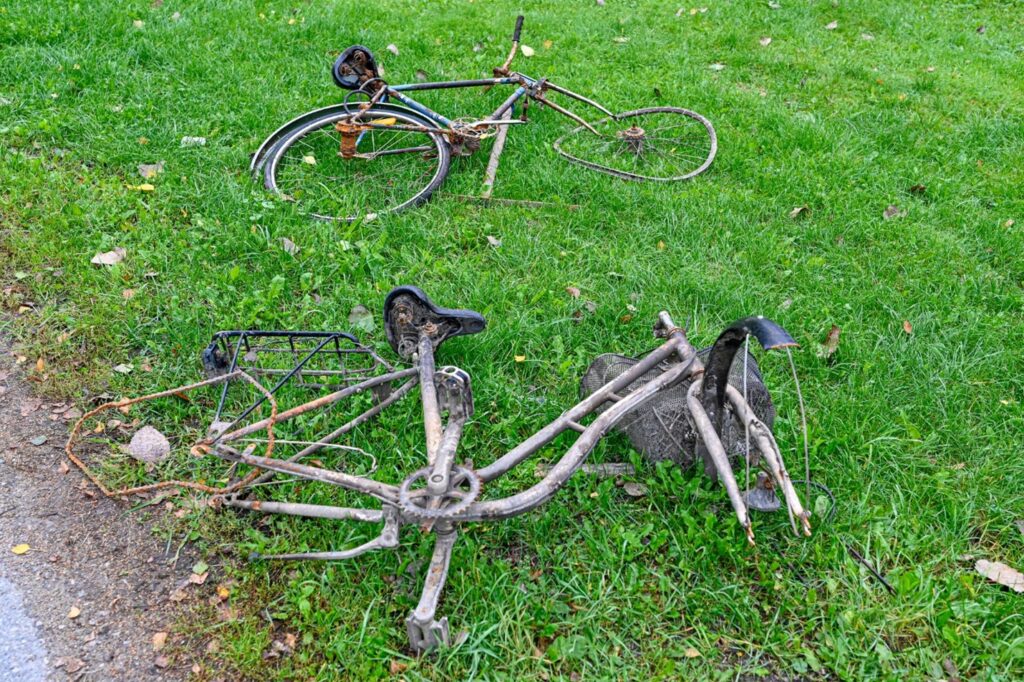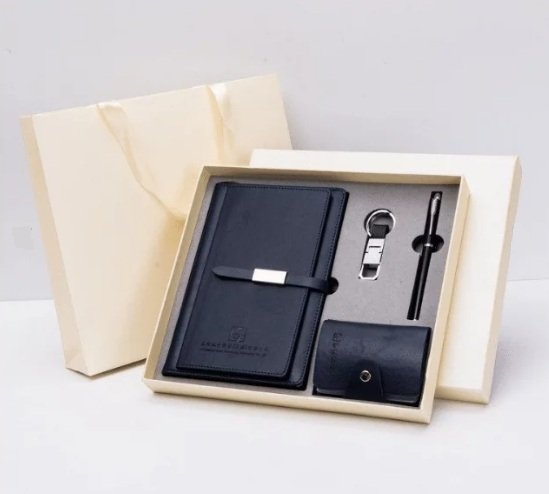
Sometimes, cleaning up the local waterway and attracting junk that may turn out as treasures is an exciting time for many people. You can catch just about anything under the rivers and lakes like spark plugs, knives, antique cans, bicycles, the classic old boot, and many more. Read more about magnet fishing FAQs on this site here.
Other things that you can find are horseshoes, cutlery, weapons from World War II, and even real treasures like necklaces. This simple sport uses tension lines and magnets to dredge the junk out, and you may find something priceless at your local streams, lakes, and rivers. You might have watched some channels on YouTube about these treasure hunters and enthusiasts getting incredible finds, using the best practices, and showing tips and tricks for a more bountiful catch.
This is their way of cleaning rivers and getting a thrill on discovering a mystery for some. You’ll find things used decades ago, and others are even part of shipwrecks and storms. This is the overall appeal of treasure hunting, but it’s not the whole point.
Sometimes, you won’t find lots of treasure everywhere you go. However, with a bit of luck, patience, and persistence, you’ll have the chance to discover something weird, cool, or antique that will bring you back in time.
Gear that You Need

Sometimes, all you need is a scraper, gloves, ropes, and magnets. These things are what you can find in local hardware. However, if you want to have more success, even if this is your first time, you may want to give neodymium magnets a try. There are a lot of varieties out there, like cone magnets or neodymium with a pulling force of N42 to help you fish. The basic starter kits are available on many online shopping sites and platforms, and they start at $25 or less.
Where Do You Start Fishing?

Some of the waterways that don’t receive traffic are ideal places for magnet fishing. You might want to start with nearby bridges, docks, piers, lakes, and rivers are some of the best places to go. After you’ve caught some stuff that is too rusty to use, you might want to consider giving them to the local scrappers.
The cities in your locality may also allow drop-offs in various locations, and they are accessible to many residents. With lots of cities allowing debris and scraps in many sites, you might want to consider dropping them off at these services and contact the local authorities if you suspect that you’ve gotten weaponry from the remnants of WWII.
It’s essential for people in the community of anglers to clean up after themselves. Trash and other unusable items should not be left sitting on the side of docks and riverbanks since this point is to have more fun and make bodies of water cleaner.
Suppose there’s a question about whether it’s okay to fish at a specific location regarding the items you want to pull up. In that case, it’s a good idea to call the local council or the Department of Natural Resources to know more about the rules and regulations. Often, many communities are greeted with people who are happy to clean out the junk from the river or try the hobby because of curiosity.
Prioritize Safety First

You need to be aware of your surroundings at all times. The magnets are very heavy, and you need to look left and right to ensure that no one will be hit when you begin to cast. Some of the safety reminders that you may want to know are:
- Cast only from a specific safety level
- You need to be careful of the larger objects that will stick to the neodymium magnets.
- Be extra careful when you begin to pull up the ropes as you don’t want your fingers to get stuck between a bigger item and a magnet. It’s also best to avoid sharp objects.
- Always wear gloves and safety gear when you want to go magnet fishing.
What to Bring with You?
As mentioned, the best magnets out there are neodymium magnets, and they have a substantial pulling force and a relatively compact size. They are rare earth metals and are considered some of the strongest magnets available. As a precaution, you need to be careful when handling these objects as they might cause injuries and electronic damage. You should not attempt to put two of them together because they can be shattered with too much force.
The pull of an N52 neodymium magnet that weighs under 2 pounds is about 500 lbs. Get more info about neodymium in this link: https://www.britannica.com/science/neodymium. Some have countersunk screws that can be fastened into the magnet to attach an eyebolt into the line securely. Get a Loctite to hold the eyebolt in place.
Ropes for Magnetic Fishing
Aside from getting a strong magnet, an excellent rope for your line is highly recommended. It should be at least 50 ft. in length, and this is more than enough if you’re going to fish at the docks, lakes, or any shallow bodies of water. If you’re going out into the bridge, you might prefer about 100 ft. of rope for this to be more than enough.
It’s highly recommended to use a nylon paracord because of its high abrasion resistance, elasticity, durability, strength, and ability to hold the knots well. All of these factors are very important, especially if you’re going into murkier bodies of water and the magnet accidentally pulls out something powerful. It takes a lot of effort to unsnag and yank the rope out.
The elasticity will give the rope some slack because the paracords tend to be thin and light. Pulling feedback is going to provide you with a lot of sensitivity, and you’ll know when you’ve hit and caught something at the bottom.
As with all other things, not all paracords were created equal. The nylon paracords have several grades depending on their capacity and strength. Some are 50 ft. in length, and others have seven braided core yarns with 4mm that makes it a perfect complement to a 500-pound neodymium magnet.



